The recovered fragments will be used as part of a reconstruction of the ransacked palace at the Polish History Museum.
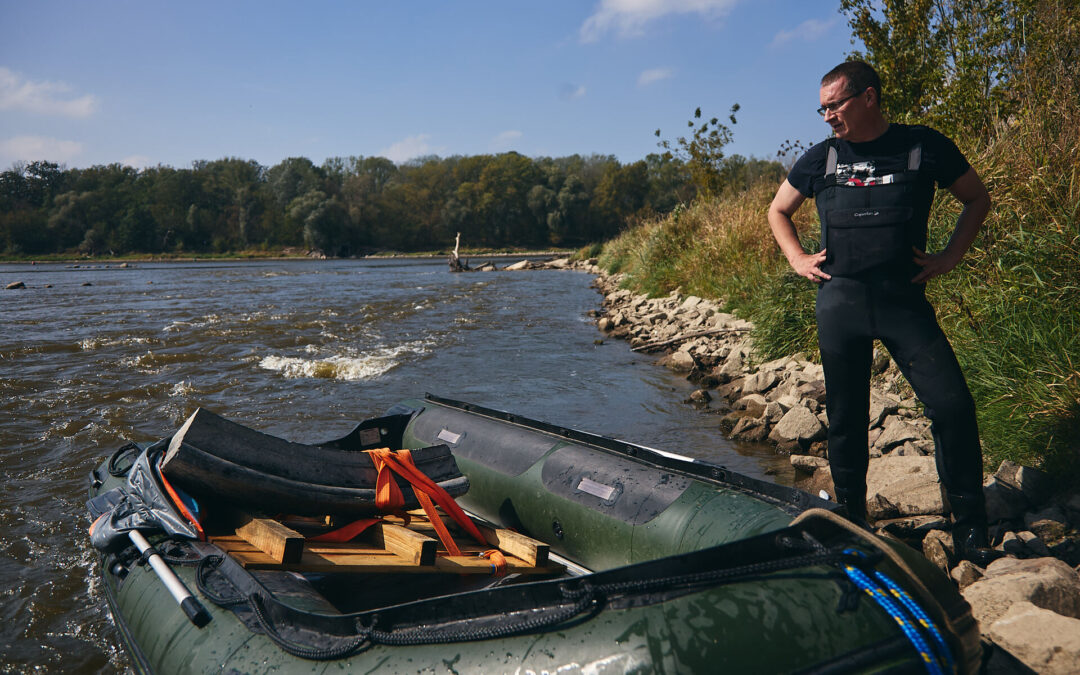

The recovered fragments will be used as part of a reconstruction of the ransacked palace at the Polish History Museum.
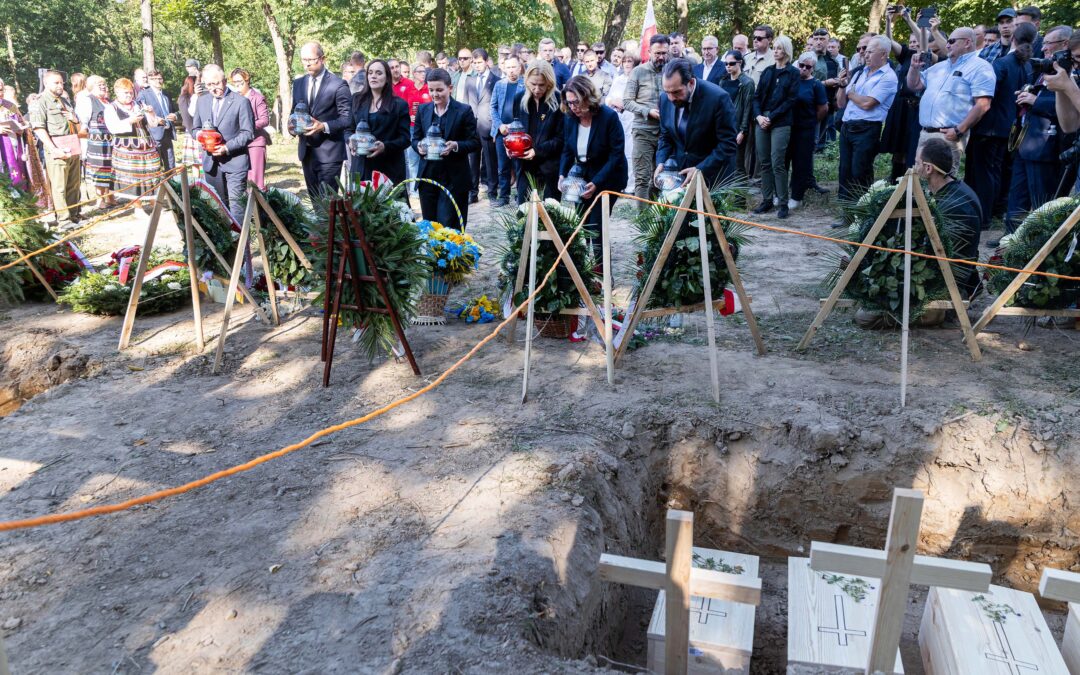
Their remains were exhumed earlier this year following a diplomatic breakthrough between Kyiv and Warsaw.
We are an independent, nonprofit media outlet, funded through the support of our readers.
If you appreciate the work we do, please consider helping us to continue and expand it.
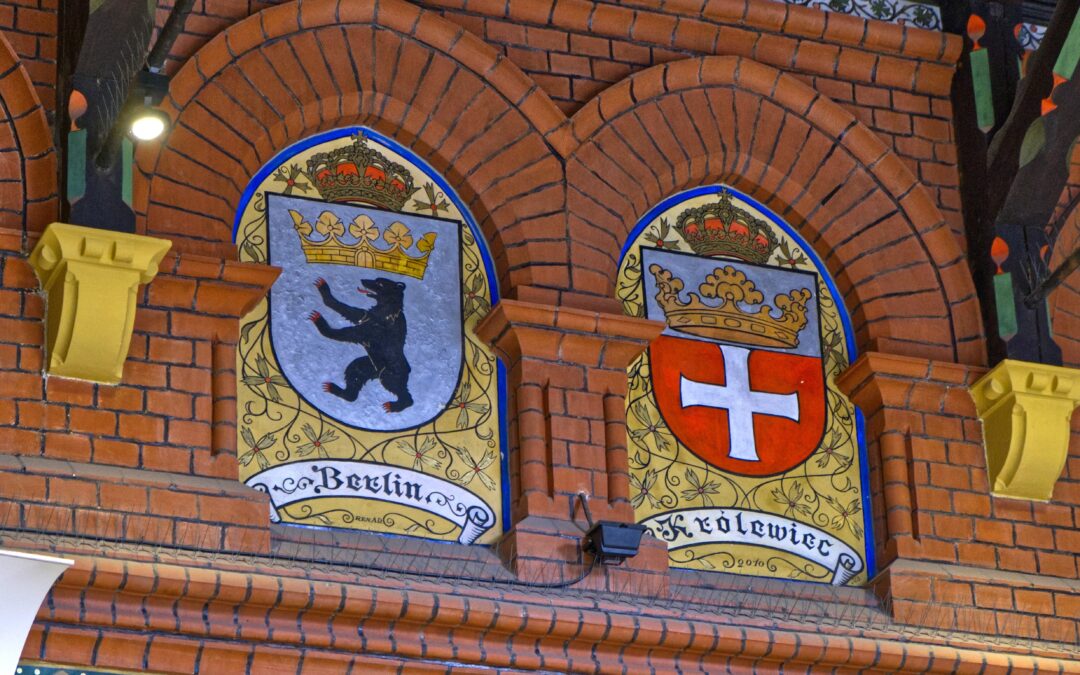
The name Kaliningrad is “artificial” and evokes negative feelings in Poland, found a government body.
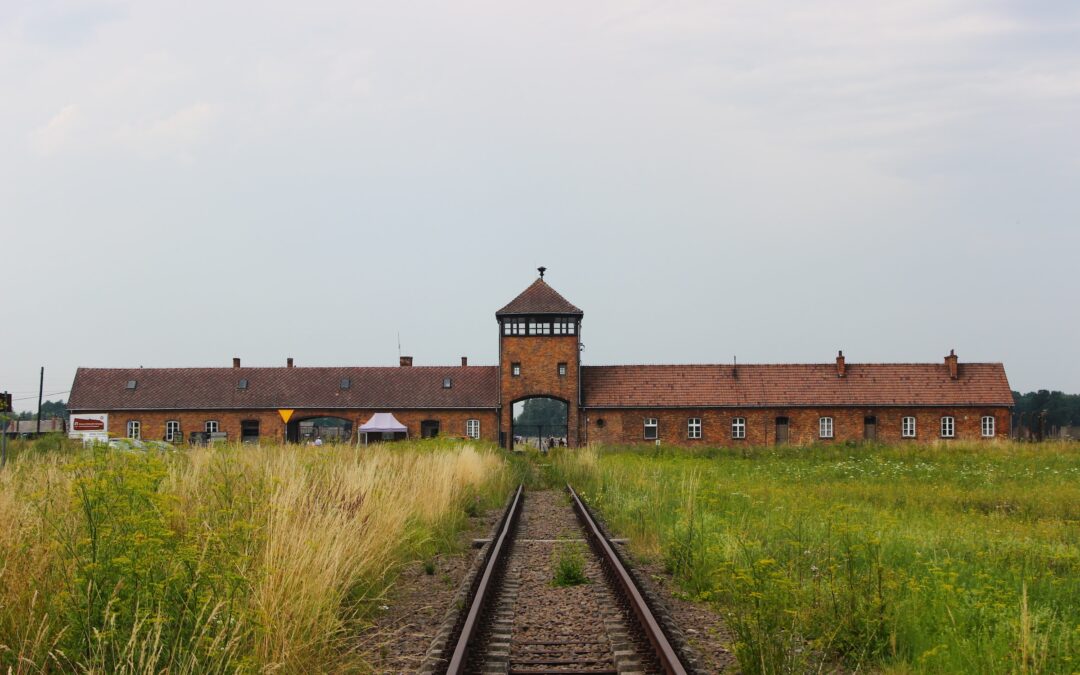
“It shows zero respect for the dead, after all this is the biggest cemetery in the world.”
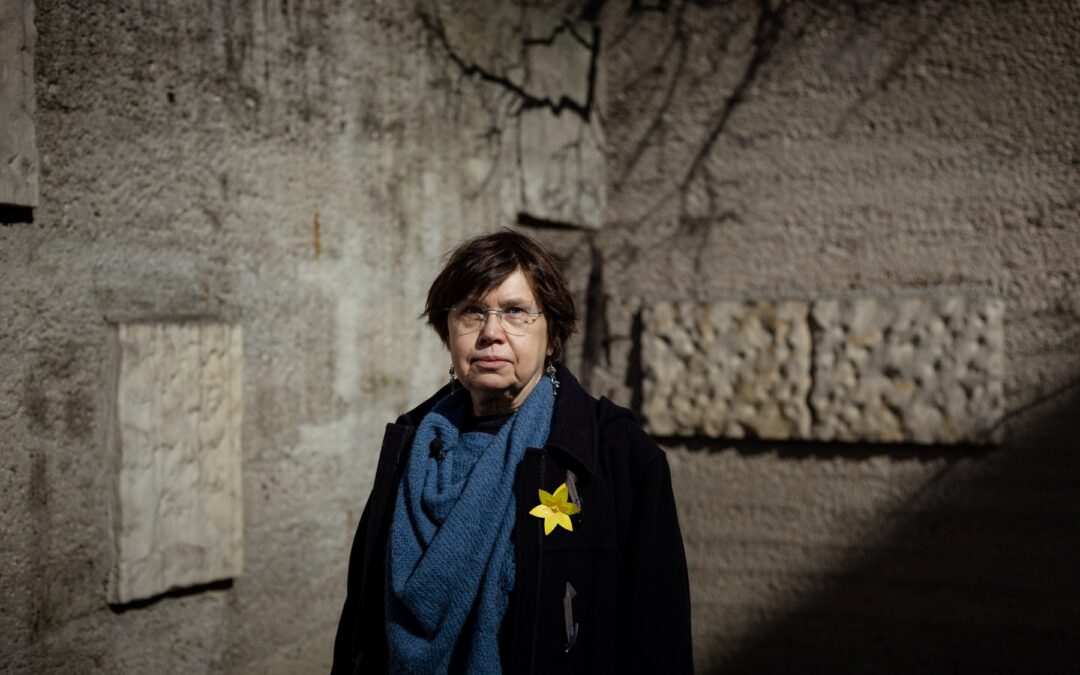
Barbara Engelking has been condemned by the Polish government for saying that Poles did little to help Jews during the Holocaust.
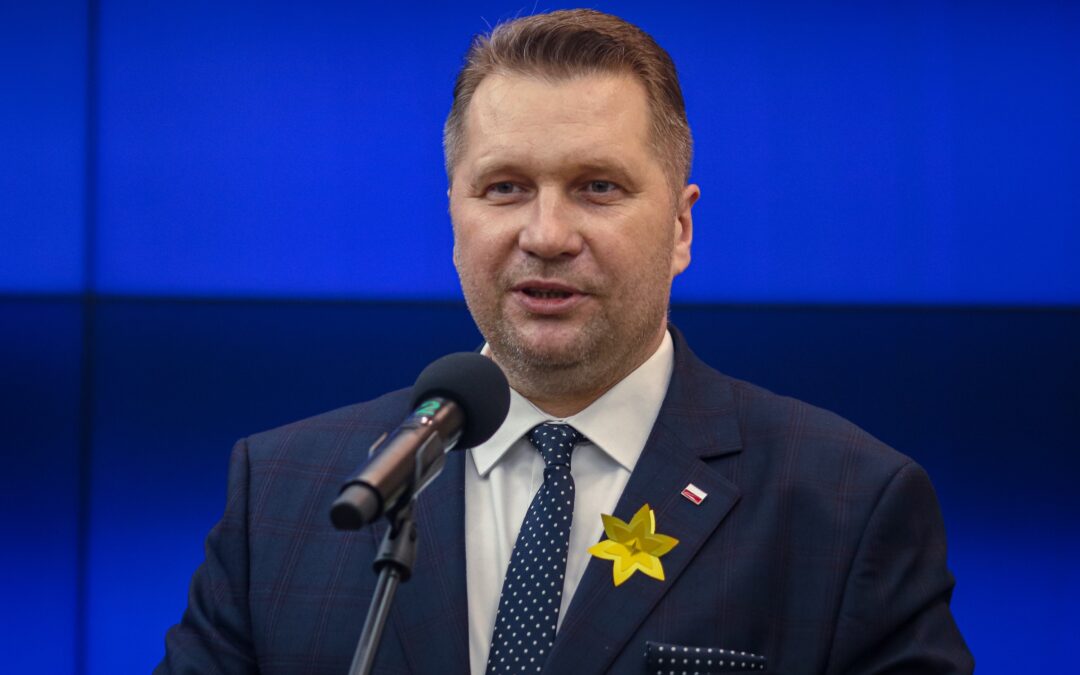
Government figures have criticised a Holocaust scholar for saying Poles did little to help Jews during the war.
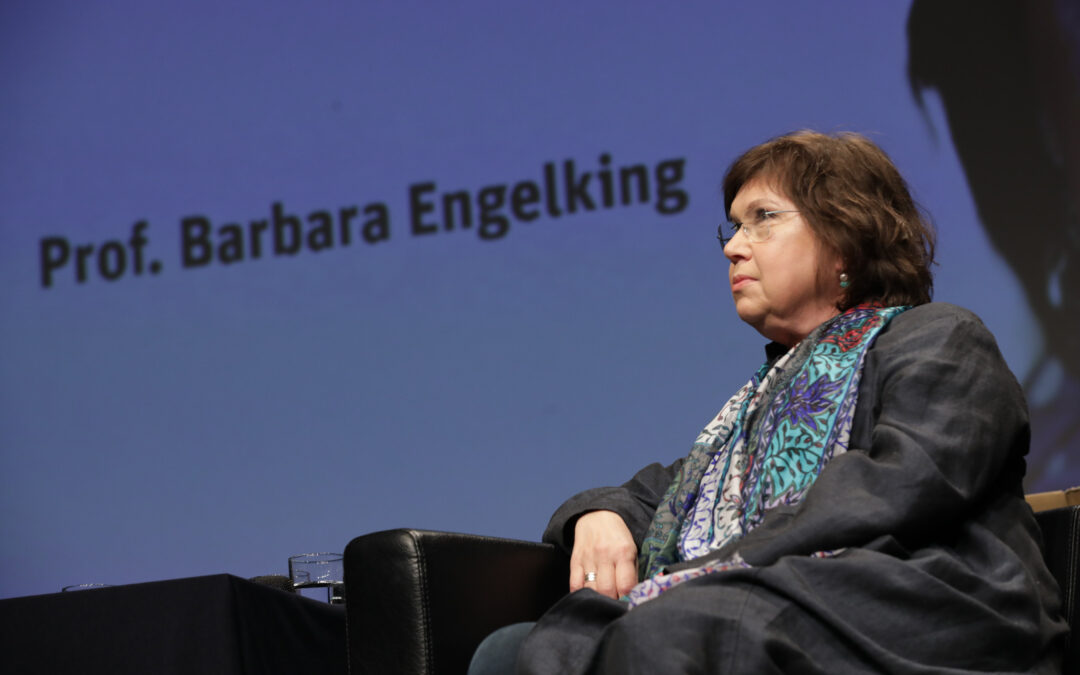
The prime minister condemned Barbara Engelking’s remarks as part of an “anti-Polish narrative”.
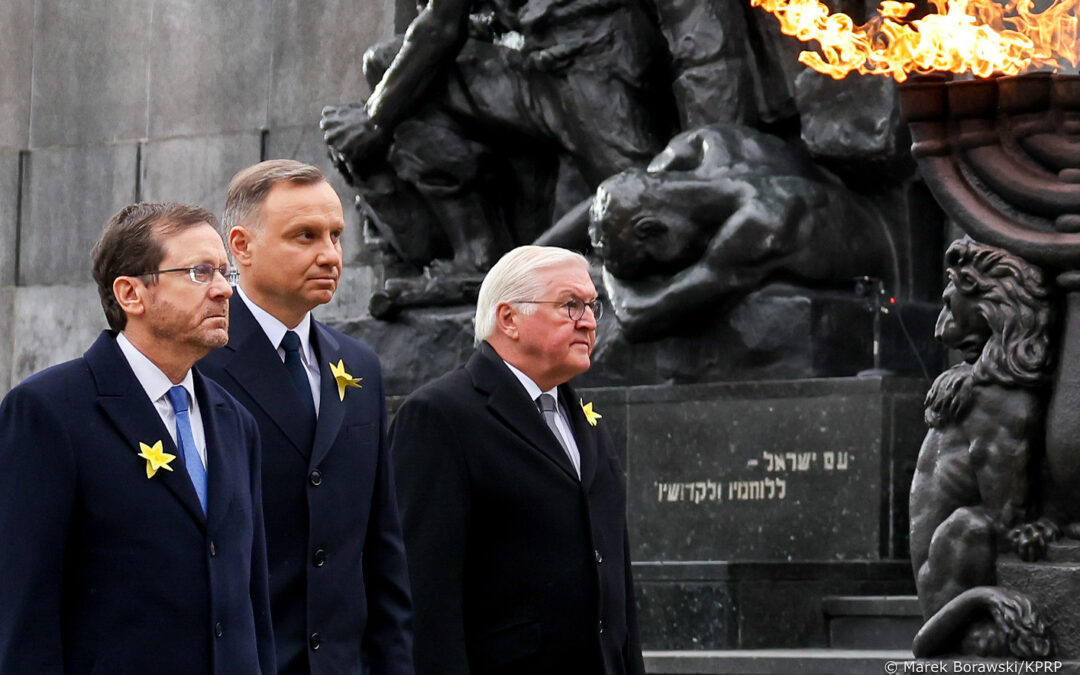
During his visit, Germany’s president was handed a copy of the Polish government’s claim for war reparations.
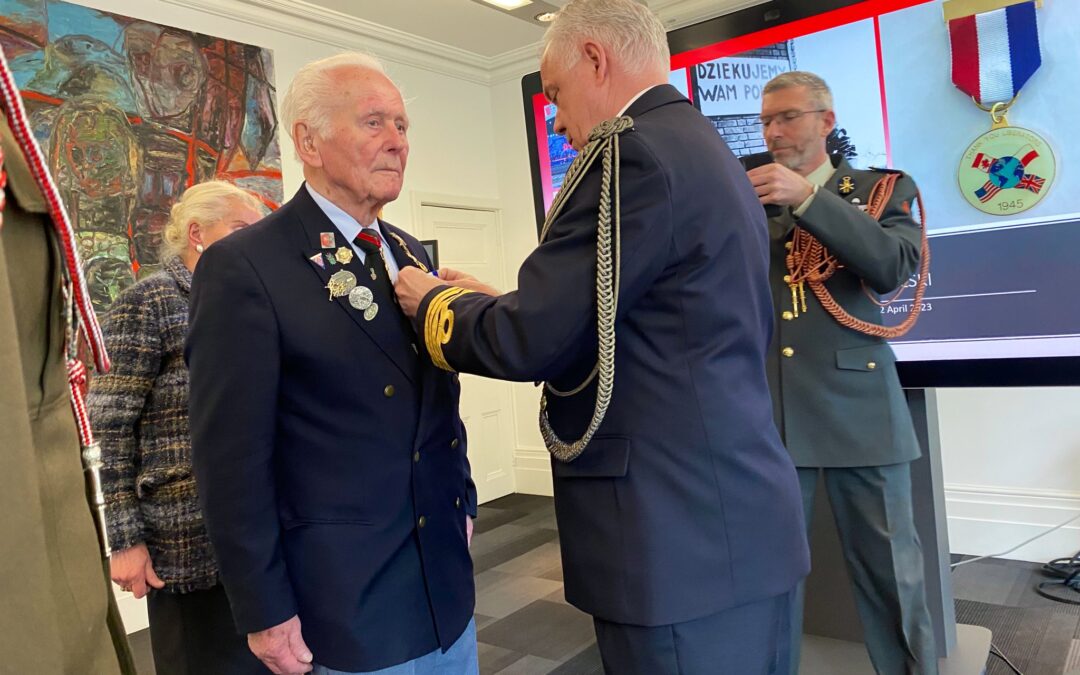
Eugeniusz Jan Niedzielski served in the Polish 1st Armoured Division, which helped liberate the Netherlands from German Nazi occupation.
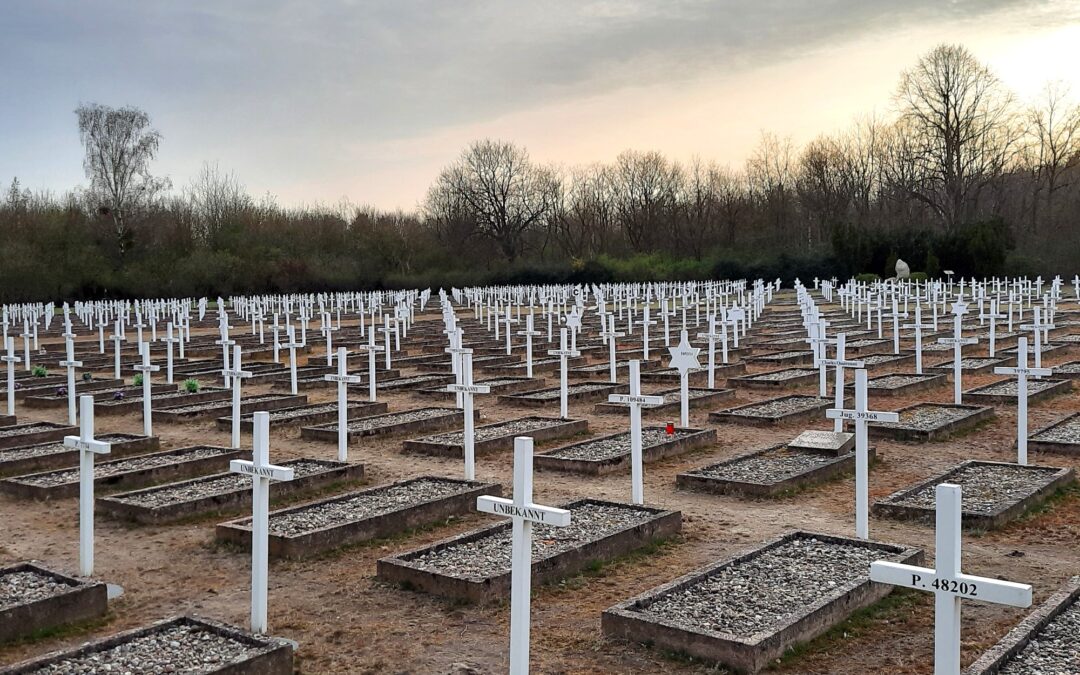
Over 1,000 slave labourers – the largest number of whom were Poles – were burned alive in a barn in the German town of Gardelegen on 13 April 1945.
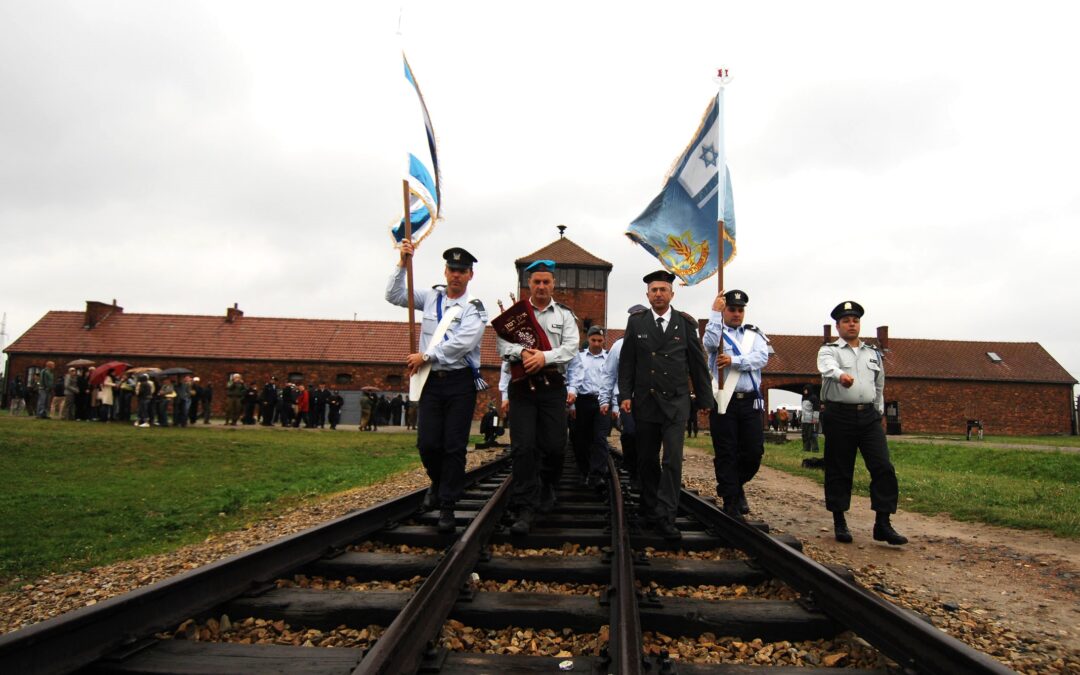
Israeli Holocaust study groups would have to visit at least one site from a list compiled by the Polish government.
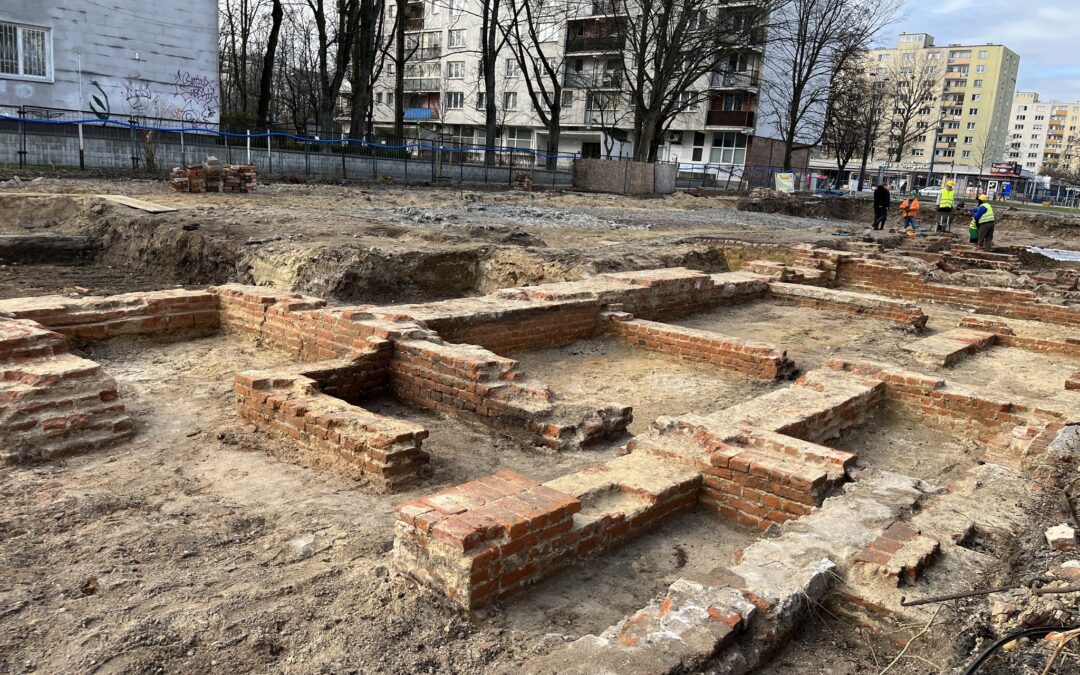
The building was destroyed along with many others after the defeat of the Warsaw Ghetto Uprising.
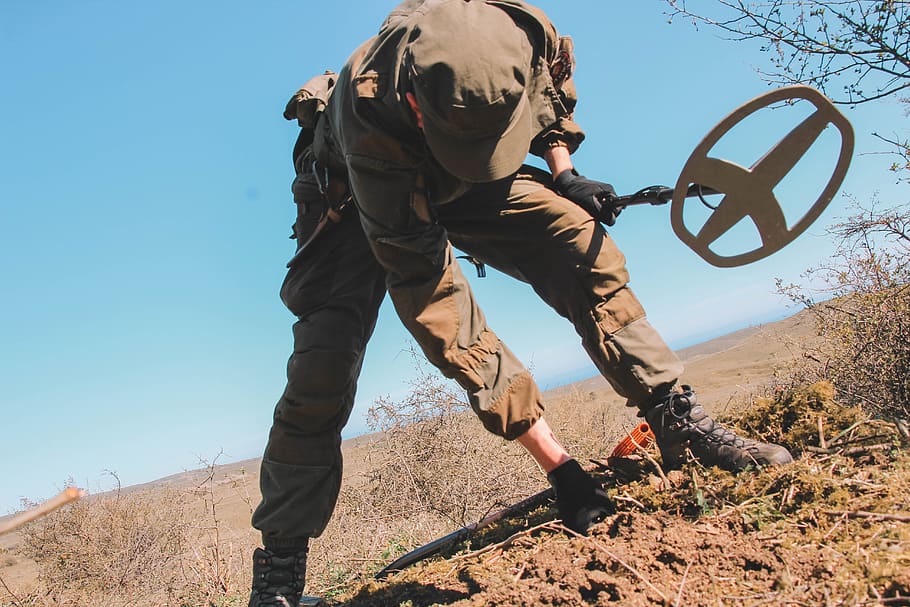
The small hoard consisted of an axe and two bronze hoop ornaments.
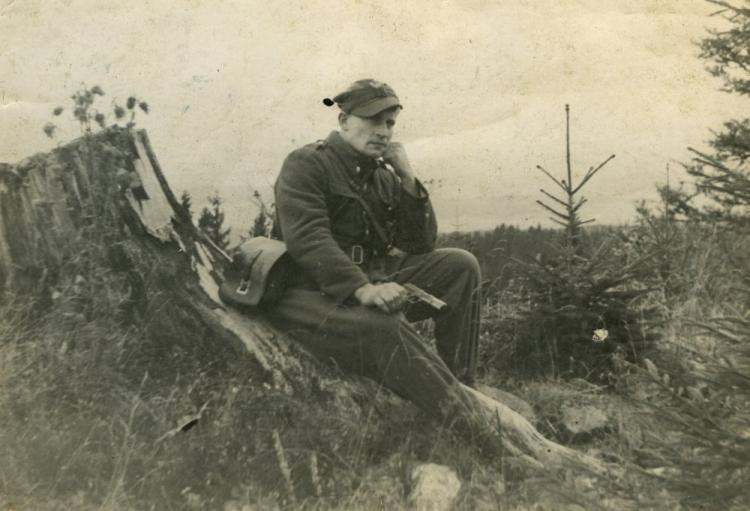
Józef Kuraś, known by his nom-de-guerre Ogień, is regarded by many as a national hero but has also been accused of war crimes.